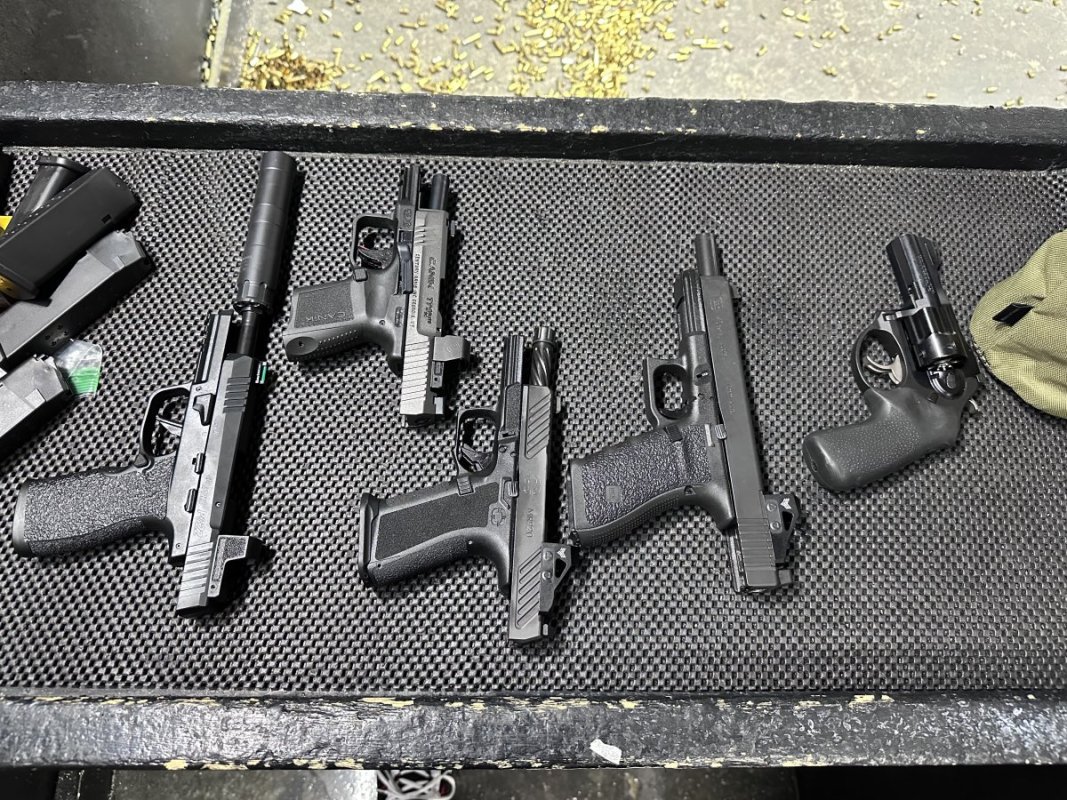- Secure the rifle into the pocket of the shoulder firmly, but not too much muscle tension. Proper and stable cheek weld.
- Level the rifle
- Final adjustments with rear bag; ensure no excessive muscle tension is present
- Middle of the first index finger pad in contact with the middle of the trigger. Don't pull the trigger one way or another.
- Mentally ready your shot. Squeeze the trigger with a soft, even, and constant pressure. Start squeezing at the bottom of the exhale. Follow through by keeping pressure on the trigger after the shot. This means don't force the shot, and don't "try" to get a 10. Just let it happen.
- Let the recoil take the path of least resistance. Do not resist or try to control the recoil with your muscles.
Am I missing anything here? Any other tips to not jerking the trigger? I know I still jerk the trigger a tiny bit because every time I'm applying pressure to take the shot I have an impulse to pull NOW. I usually reject the shot, but what can I do to get rid of that feeling?







